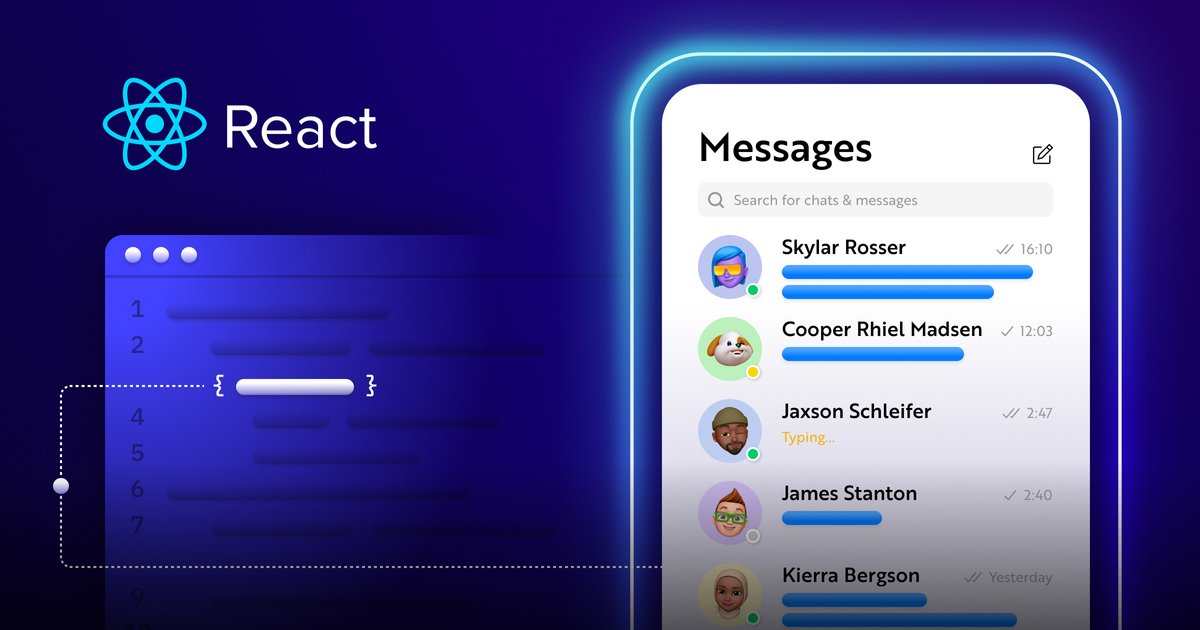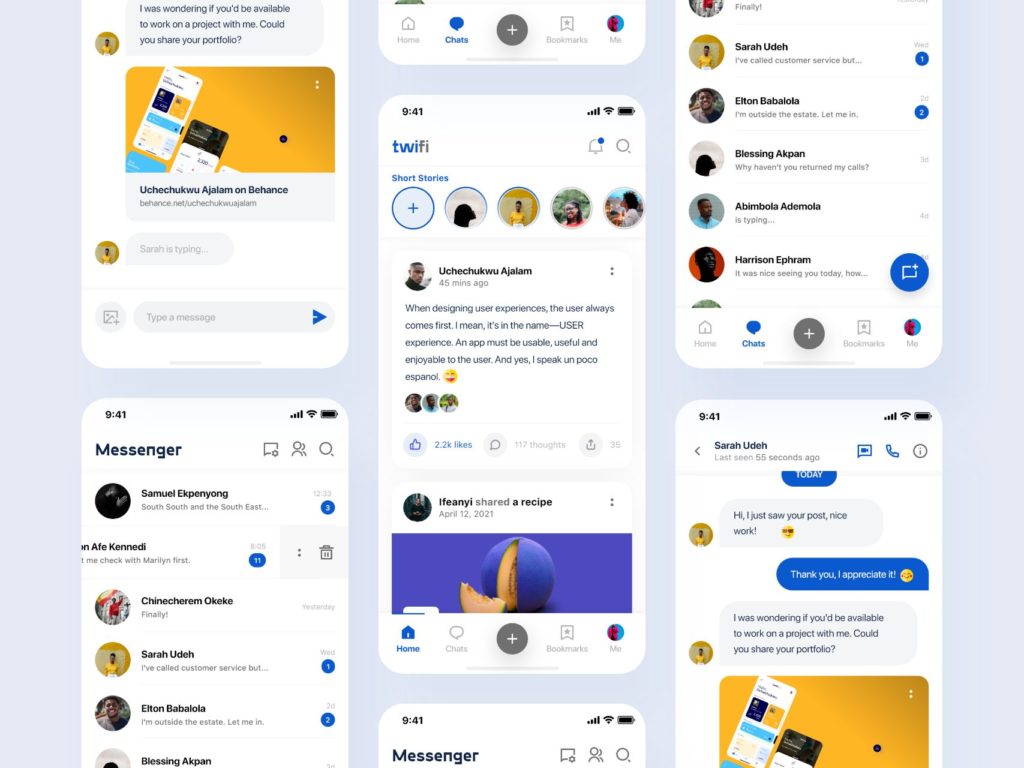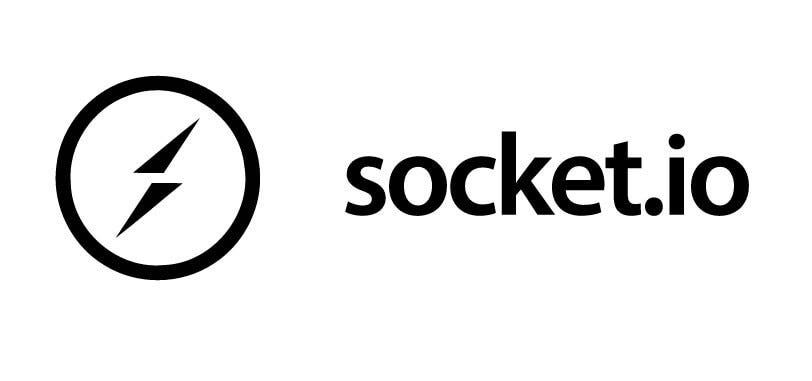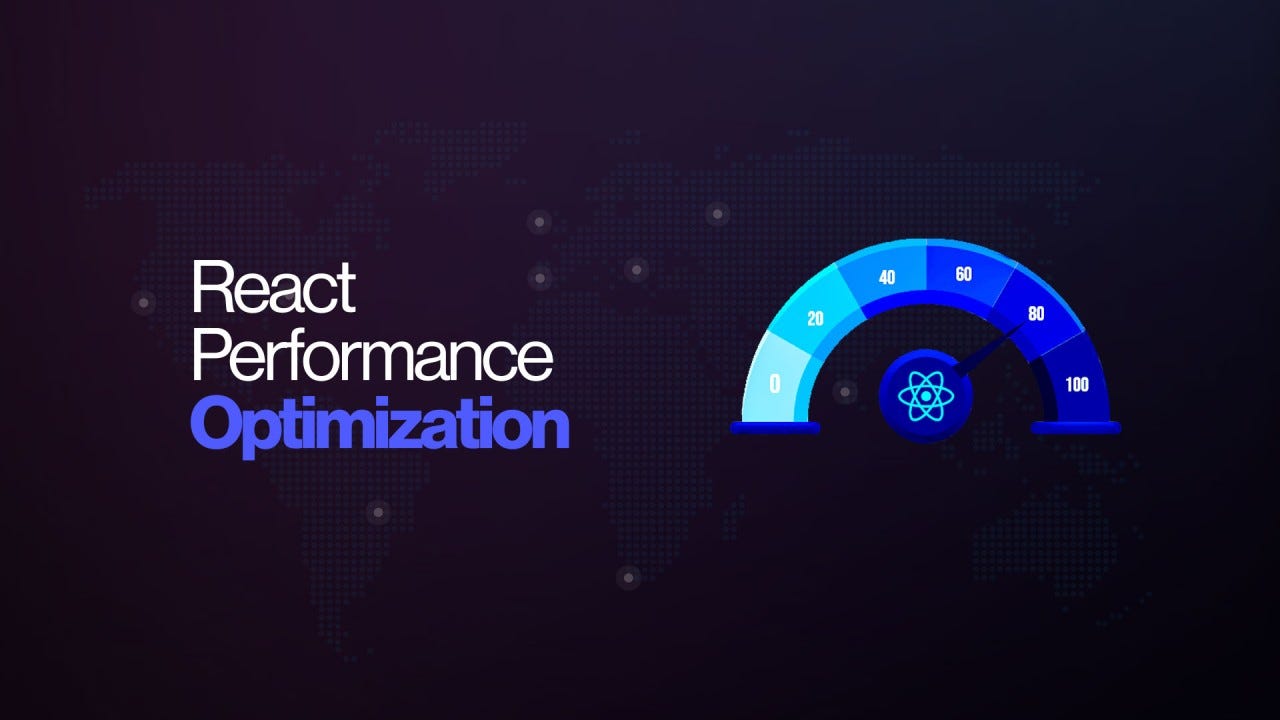Imagine that you own a company and that your clients are pleading with you for improved communication. Perhaps it's a community platform where users long for real-time interaction, or a support staff that must react immediately. This is where creating a real-time chat application using React and Socket comes in handy.It's not as hard as you might think. I know what it's like to be overwhelmed by technological options but still thrilled to see an idea through to completion. To help your business connect and expand, we'll demonstrate how to create a working chat app in this tutorial, complete with code samples and deployment advice. Let's get started.
Why Real-Time Apps Matter for Your Business
To be honest, most people don't consider "real-time" until they have firsthand experience with it. Have you ever used a messaging app like WhatsApp or Slack? For businesses, that instant back-and-forth is revolutionary and feels seamless. By giving your platform a sense of life, real-time apps increase user engagement, boost customer satisfaction, and even generate more leads.
Customers in 2025 anticipate prompt responses. Real-time features make you stand out, whether you're providing live support for an e-commerce website or a team collaboration tool. At Fykel, we have developed real-time solutions that assist companies in increasing revenue and engagement. The ideal place to start is with a chat app that uses React and Socket.io.
The worst part is that tech giants aren't the only ones who can build one. Even small startups can develop high-impact, reasonably priced apps with the correct resources. Let's examine how.

Setting Up React and Socket.io
Let's set up our project before moving on to the exciting part, which is creating the chat interface. For a quick, component-based user interface, we use React, and Socket.io takes care of the real-time magic. Don't worry if you're new to this; I was once intimidated by the setup procedures.
Start by using Create React App to create a new React application. Launch your terminal and type:
const express = require('express');
const app = express();
const http = require('http').createServer(app);
const io = require('socket.io')(http);
io.on('connection', (socket) => {
console.log('A user connected');
socket.on('chatMessage', (msg) => {
io.emit('chatMessage', msg); // Broadcast to all clients
});
socket.on('disconnect', () => {
console.log('User disconnected');
});
});
http.listen(4000, () => {
console.log('Server running on port 4000');
});
Now, update App.js to listen for incoming messages:
import { useState, useEffect } from 'react';
import io from 'socket.io-client';
import './App.css';
const socket = io('http://localhost:4000');
function App() {
const [messages, setMessages] = useState([]);
const [message, setMessage] = useState('');
useEffect(() => {
socket.on('chatMessage', (msg) => {
setMessages((prevMessages) => [...prevMessages, msg]);
});
return () => socket.off('chatMessage');
}, []);
const sendMessage = (e) => {
e.preventDefault();
if (message) {
socket.emit('chatMessage', message);
setMessage('');
}
};
return (
Real-Time Chat
{messages.map((msg, index) => (
{msg}
))}
);
}
return (
Real-Time Chat
{messages.map((msg, index) => (
{msg}
))}
);
}
export default App;
Add some basic CSS in src/App.css to make it look decent:
.App {
text-align: center;
max-width: 600px;
margin: 0 auto;
padding: 20px;
}
.chat-container {
border: 1px solid #ccc;
padding: 10px;
height: 400px;
overflow-y: scroll;
}
form {
margin-top: 10px;
}
input {
padding: 5px;
width: 80%;
}
button {
padding: 5px 10px;
}
This opens a basic chat window. Let's address the issue of it not being real-time next. Although I'll admit that I'm not very good at styling, a well-designed user interface can make or break user engagement.

Adding Real-Time Features
Socket.io excels in this situation. All connected users will see messages instantly. It's exciting, I promise. It's like seeing your app come to life. To manage real-time messaging, let's update our code.
Add a Socket.io event to broadcast messages in server.js:
const express = require('express');
const app = express();
const http = require('http').createServer(app);
const io = require('socket.io')(http);
io.on('connection', (socket) => {
console.log('A user connected');
socket.on('chatMessage', (msg) => {
io.emit('chatMessage', msg); // Broadcast to all clients
});
socket.on('disconnect', () => {
console.log('User disconnected');
});
});
http.listen(4000, () => {
console.log('Server running on port 4000');
});
Update App.js to listen for incoming messages now:
import { useState, useEffect } from 'react';
import io from 'socket.io-client';
import './App.css';
const socket = io('http://localhost:4000');
function App() {
const [messages, setMessages] = useState([]);
const [message, setMessage] = useState('');
useEffect(() => {
socket.on('chatMessage', (msg) => {
setMessages((prevMessages) => [...prevMessages, msg]);
});
return () => socket.off('chatMessage');
}, []);
const sendMessage = (e) => {
e.preventDefault();
if (message) {
socket.emit('chatMessage', message);
setMessage('');
}
};
return (
Real-Time Chat
{messages.map((msg, index) => (
{msg}
))}
);
}
export default App;
Launch your React application (npm start) and server (node server.js). To test, open several tabs in your browser; type a message in one and see it instantly appear in the others. It's enchanted! You would use a platform like Heroku or Vercel for production, but that's a different story.
Do you want a professional tip? Security is important. Before going live, add message encryption and user authentication. Fykel can assist with that; check out our pricing options.
Conclusion: A Functional Chat App for Your Business
Congratulations! You've used React and Socket.io to create a real-time chat application! It's more than just a neat project; it's a tool that can change the way your company interacts with its clients. Real-time features, such as community platforms and live support, increase engagement and income.
Why build something so technical also didn't make sense to me at first. However, I had a change of heart after witnessing real-time user interaction. For entrepreneurs, this means developing experiences that entice customers to return. The team at Fykel can create unique, reasonably priced solutions if you're prepared to advance your app. Contact them at [email protected]..
Your company should have a functional chat app. Let's get it done.




_0.png)